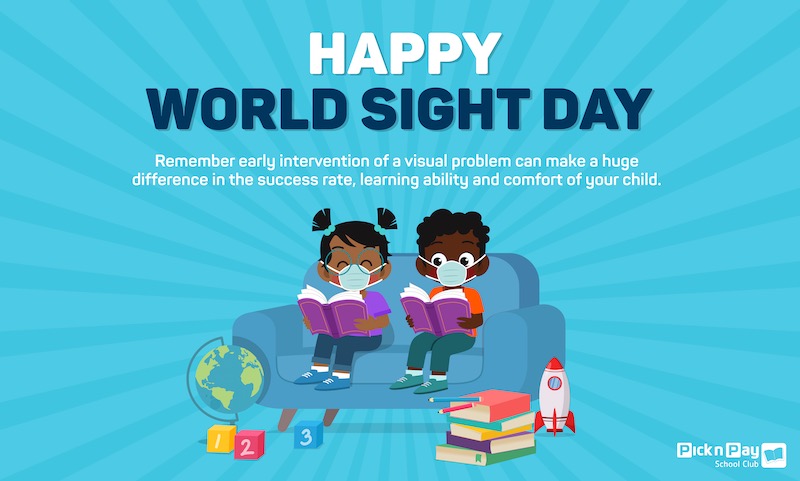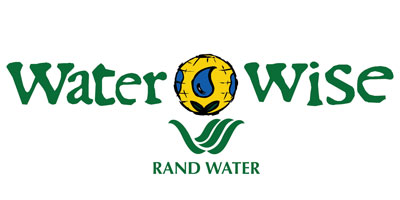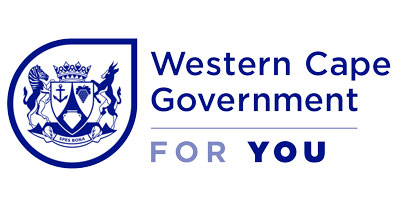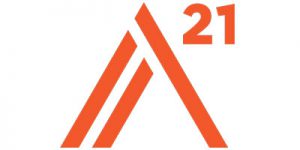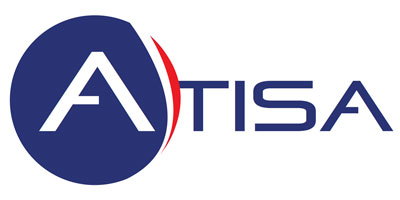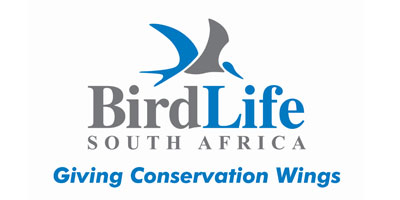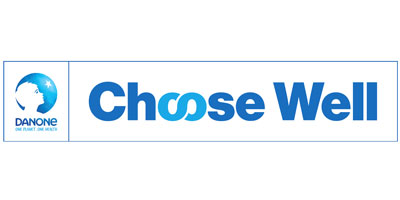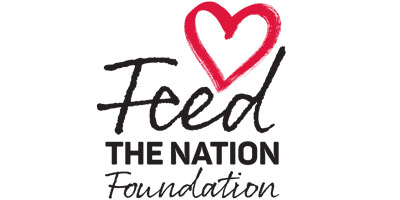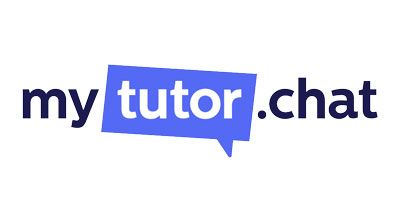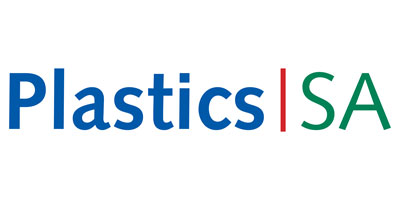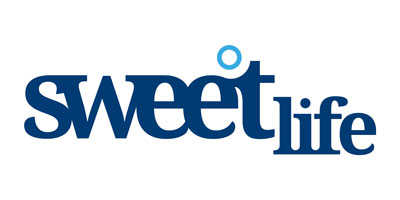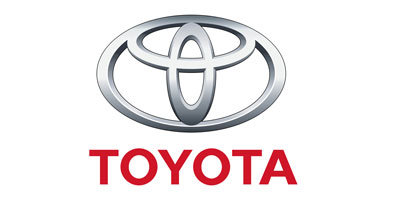When to have your child’s vision examined:
The American Optometric Association recommends the following guide for childhood visual exams: children should have an eye exam by no later than 6 months old, then again by age 3, and just before starting school. School-age children need an exam every two years after that if they have no visual problems. But if your child requires eyeglasses or contact lenses, schedule visits every 12 months.
Warning signs that your child could have a visual problem:
Children’s vision develops rapidly from birth but just like with other systems such as gross and fine motor skills, this development of vision is gradual. Children will have a different skill set as far as their vision is concerned at different ages. Here is a guide on what to watch out for that might indicate a problem for each stage.
- Infants:
- Excessive tearing (indicative of blocked tear ducts)
- Red or crusty eye lids (a sign of an eye infection)
- Constant eye turning or squint (can indicate eye muscle problems or a high refractive error such as far-sightedness)
- Extreme sensitivity to light (this may indicate an elevated pressure in the eye. The eye could also look enlarged)
- Appearance of a white pupil (can be due to eye cancer or a cataract and is an emergency. Get your child to an eye care professional immediately!)
- Not following objects or reaching for objects when older (could indicate a serious visual defect)
- Pre-school children:
- Sitting close to the TV or holding a book too close
- Squinting
- Tilting their head
- Frequently rubbing their eyes
- Short attention span for the child’s age
- Turning of an eye in or out
- Sensitivity to light
- Difficulty with eye-hand-body coordination when playing ball or bike riding
- Avoiding coloring activities, puzzles and other detailed activities
- School-aged children:
- Frequent eye rubbing or blinking
- Short attention span
- Avoiding reading and other close activities
- Frequent headaches
- Covering one eye
- Tilting the head to one side
- Holding reading materials close to the face
- An eye turning in or out
- Seeing double
- Losing place when reading
- Difficulty remembering what he or she read
- Difficulty with certain sporting activities such as ball catching
Children who are not performing at the expected level might have a learning related visual problem. Some of the symptoms are similar to the ones listed above but there are a few additional things to be on the look-out for.
Symptoms of learning-related vision problems include:
- Headaches or eye strain
- Blurred vision or double vision
- Crossed eyes or eyes that appear to move independently of each other
- Dislike or avoidance of reading and close work
- Short attention span during visual tasks
- Turning or tilting the head to use one eye only, or closing or covering one eye
- Placing the head very close to the book or desk when reading or writing
- Excessive blinking or rubbing the eyes
- Losing place while reading, or using a finger as a guide
- Slow reading speed or poor reading comprehension
- Difficulty remembering what was read
- Omitting or repeating words, or confusing similar words
- Persistent reversal of words or letters (after second grade)
- Difficulty remembering, identifying or reproducing shapes
- Poor eye-hand coordination
- Evidence of developmental immaturity
If you notice any of the above signs at any stage it is important to have a comprehensive visual examination done. Oftentimes outside practitioners are brought into a school to do “Vision Screenings”. Although this is a great initiative, please be aware that a vision screening performed by an eye care practitioner at the school, or the school nurse is not a comprehensive eye exam. These screenings are designed to alert parents to the possibility of a visual problem, but not take the place of a visit to an eye care practitioner.
Vision screenings are helpful, but they can miss serious vision problems that your eye care practitioner would catch. Studies have found that up to 11 percent of children who pass a vision screening actually have a vision problem that needs treatment. However, studies have also found that 40 to 67 percent of children who fail a vision screening do not receive the recommended follow-up care by an eye care practitioner. So, if a problem has been picked up during a screening make sure to take your child for a comprehensive examination.
What can you do to help with early visual development of your infant?
Birth to four months
- Use a nightlight or other dim lamp in your baby’s room.
- Change the crib’s position frequently and change your child’s position in it.
- Keep reach-and-touch toys within your baby’s focus, about 20-30 centimetres.
- Talk to your baby as you walk around the room.
- Alternate right and left sides with each feeding.
Five to eight months
- Hang a mobile, crib gym or various objects across the crib for the baby to grab, pull and kick.
- Give the baby plenty of time to play and explore on the floor.
- Provide plastic or wooden blocks that can be held in the hands.
- Play patty cake and other games, moving the baby’s hands through the motions while saying the words aloud.
Nine to twelve months
- Play hide and seek games with toys or your face to help the baby develop visual memory.
- Name objects when talking to encourage the baby’s word association and vocabulary development skills.
- Encourage crawling.
One to two years
- Roll a ball back and forth to help the child track objects with the eyes visually.
- Give the child building blocks and balls of all shapes and sizes to play with to boost fine motor skills and small muscle development.
- Read or tell stories to stimulate the child’s ability to visualize and pave the way for learning and reading skills.
Remember, early intervention of a visual problem can make a huge difference in the success rate, learning ability and comfort of your child.
Leoni Joubert (B.Optom; MPhil (Optom) RAU; MBCO (UK); CAS (NECO USA); CAS (PEDS AND BV NECO – USA); FOA(SA) Certificate in Dyslexia Assessment (UJ))
Paediatric Vision Consultant/Optometrist/Contact Lens Practitioner:

